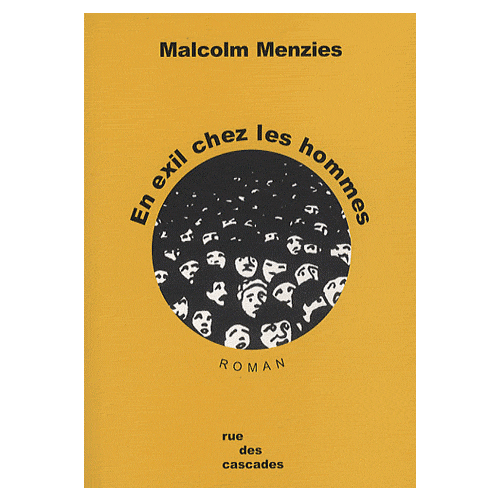Ferrua, Pietro
Cananea. The Spark that Ignited a Revolution (1977)
A film by Marcela Fernández Violante
MexicoCommunication. FilmsMexico.- History of anarchism: 20th CenturystrikeFERRUA, Pietro (Piero) Michele Stefano (1930 - ....)Art. Fiction
Mexico, 1977.
Color, 35 mm, 120 mins.
In English and Spanish.
Screenplay by Marcela Fernández Kafka and Pedro Miret.
Cinematography by Gabriel Figueroa.
Music by Leonardo Velázquez.
Editing by Raul Portillo.
Cast: Carlos Bracho, José Carlos Ruiz, Steve Wilensky, Victor Junco, Yolanda Ciani, Milton Rodríguez.
Honor Diploma: V International Film Festival, Tashkent;
Special Award: XXI International Film Festival, Karlovy-Vary. "Ariel": Mexican Academy Of Film. Silver Goddess, Film Journalists Association.
Outside Mexico, the title Cananea does not evoke anything in particular other than, for those more familiar with geography, perhaps a vague recollection of a location in the Mexican State of Sonora. For Mexicans, however, Cananea has a symbolic meaning because it reminds them of the first important workers strike of the 20the century and the first episode of what soon came to be called the Mexican Revolution - triumphant only about five years later.
The strike, in the copper mines of so-called Colonel Greene, has, first of all, an economic facet: Miners fight against the double standard - economic as well as racist - between American workers, paid five pesos a day and Mexicans, paid only three pesos. This struggle is also about the long and heavy workload, the unsanitary conditions, and so on.
The second aspect of the strike is a revolt against the tyrant Porfirio Diaz (a character in the film), who has been "reigning" for about 30 years and plans to be re-elected for more terms and admits no dissent. The brothers Magón (direct or indirect inspirers of the strike) start fighting against these injustices at the beginning of the century by founding liberal circles and publishing opposition newspapers. Most of their issues are confiscated, prohibited and denounced.
The brothers Magón, in danger of losing their lives, escape north. They persevere in their fight by launching the radical paper Regeneración - first, in San Antonio, Texas, and then in St. Louis, Missouri, where they unite around the Mexican Liberal Party’s banner. In 1906, the year of the Cananea strike soon followed by the Rio Blanco strike in the textile industry, the first armed insurrection starts (and fails). The Partido Liberal Mexicano is a façade for this unusual anarchist movement supported by famous militants such as Emma Goldman and Peter Kropotkin. The mimesis into a political party is dictated by two main considerations: the American laws prohibiting anarchist immigration and the necessity of creating a wider opposition basis. It was thought that a liberal platform would rally more easily and with less fear than a plain radical label. This artifice did not last long since Ramón Corral (vice-president of Mexico) and Porfirio Diaz himself denounced the brothers Magón and their comrades to the U.S. government as dangerous anarchists.
Marcela Fernández Violante not only directed her film with the help of Luis Buñuel’s favorite cameramen Gabriel Figueroa but also participated in the writing of the script, which is very accurate from the historico-political point of view. Cananea is a great film that deserves to circulate more.
Pietro Ferrua
